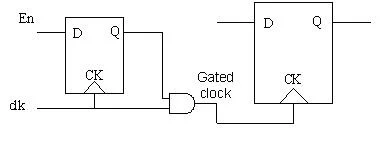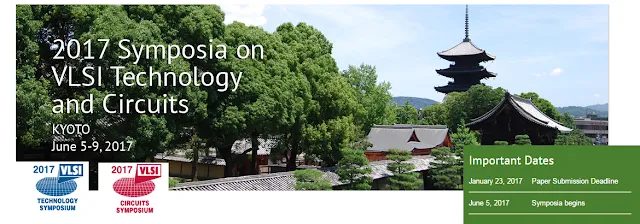- Auto addition of file header
- Easy addition of function/frame comment
- Quick inclusion of default code snippet
- Performing syntax check
- Reading documentation about a function
- Converting a full code block to comment, and vice versa
- Help to speed up the code writing with consistency in coding.
The Perl-Support Vim Plugin – Perl-IDE offers the easiest way to do all of the above, saving a lot of time and keystrokes.
We have already discussed in an earlier article regarding Use of Scripting languages in VLSI
We will be covering the following in this article
1. How to install perl-support plugin to use it with VIM.
2. Powerful features of the Perl-support plugin.
Steps to install Perl-Support VIM Plug-in
1. Download the plugin from the vim.org website.
Click here to download to go to the download page
Alternatively use below command
cd /usr/src/
wget http://www.vim.org/scripts/download_script.php?src_id=9701
2. Copy the zip archive perl-support.zip to $HOME/.vim and run below command
unzip perl-support.zip
This command will create following files:
$HOME/.vim/autoload/mmtemplates/...
$HOME/.vim/doc/...
$HOME/.vim/plugin/perl-support.vim
3. Loading of plug-in files must be enabled in $HOME/.vimrc. If not use previously
filetype plugin on
Create .vimrc if there is none or use the files in $HOME/.vim/perl-support/rc as a starting point.
After done with installation lets get to know about











